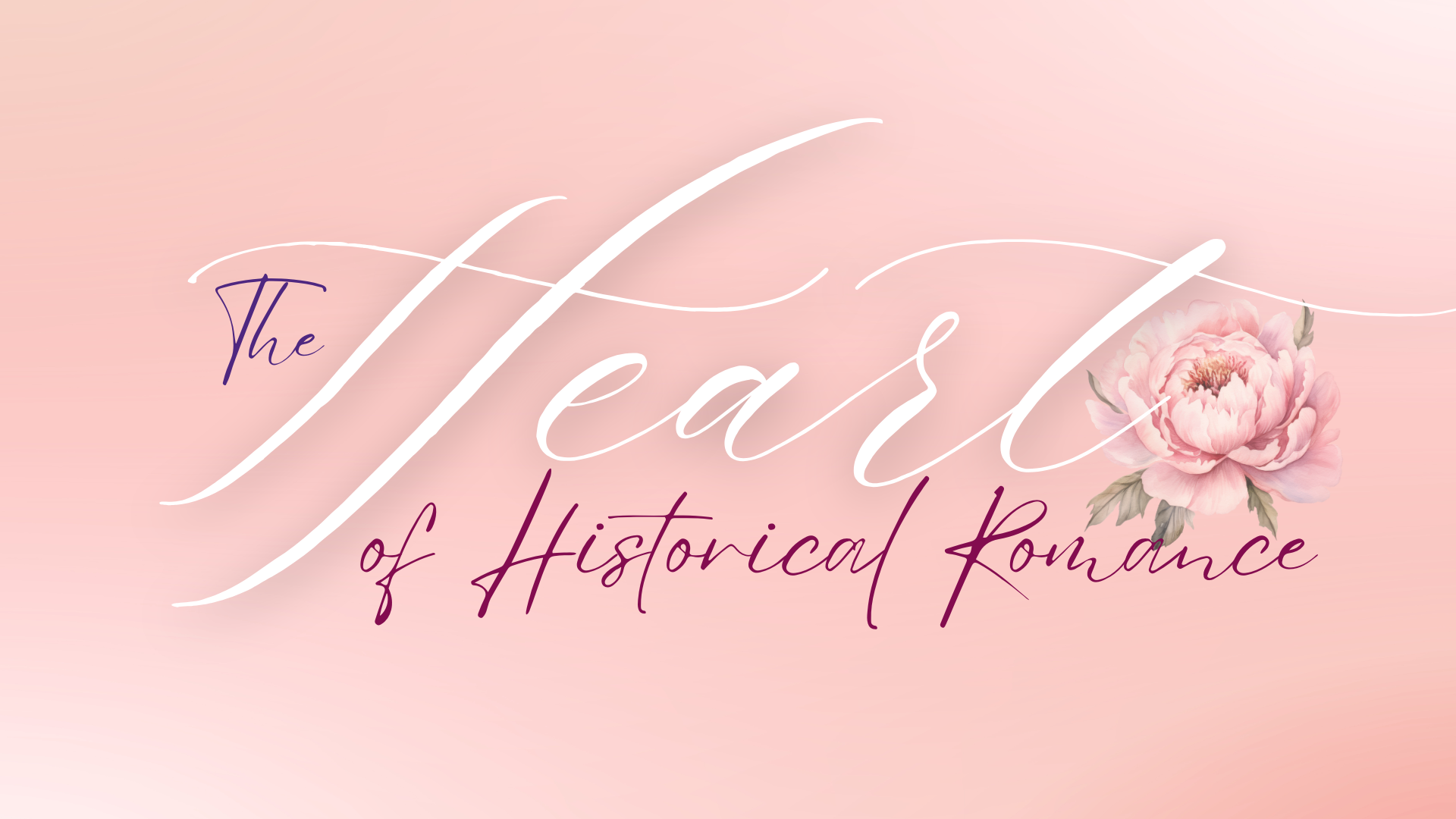MODULE 1: SET EXPECTATONS
MODULE 2: ESTABLISH THE BOUNDARIES
MODULE 3: FALL IN LOVE
MODULE 4: WELCOME THE TROPES
MODULE 5: MAP THE BEATS
MODULE 6: EMBRACE INTIMACY
MODULE 7: REVISE THOUGHTFULLY
RESOURCES

